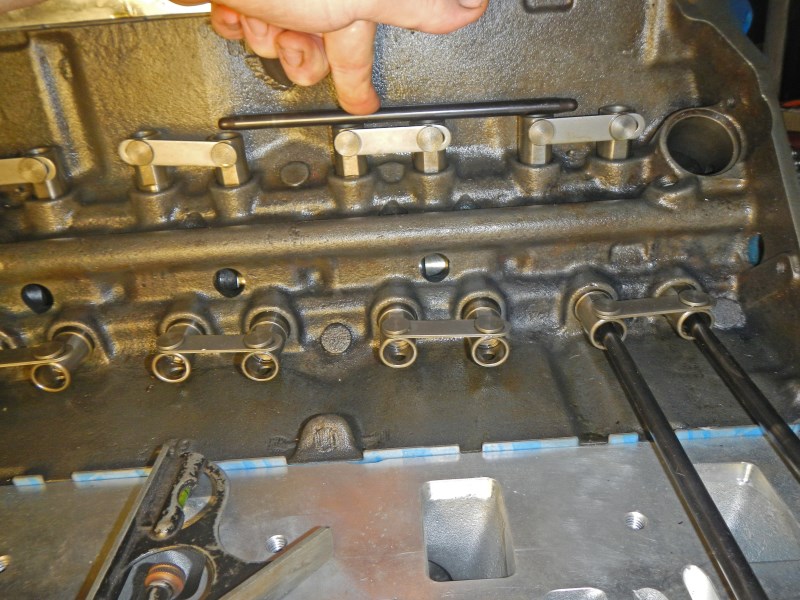In what order should those procedures be performed?
Or should measuring for pushrod length be part of the degree-ing procedure (if so after what part of the procedure)?
Thanks.
Cheers,
Or should measuring for pushrod length be part of the degree-ing procedure (if so after what part of the procedure)?
Thanks.
Cheers,





Comment